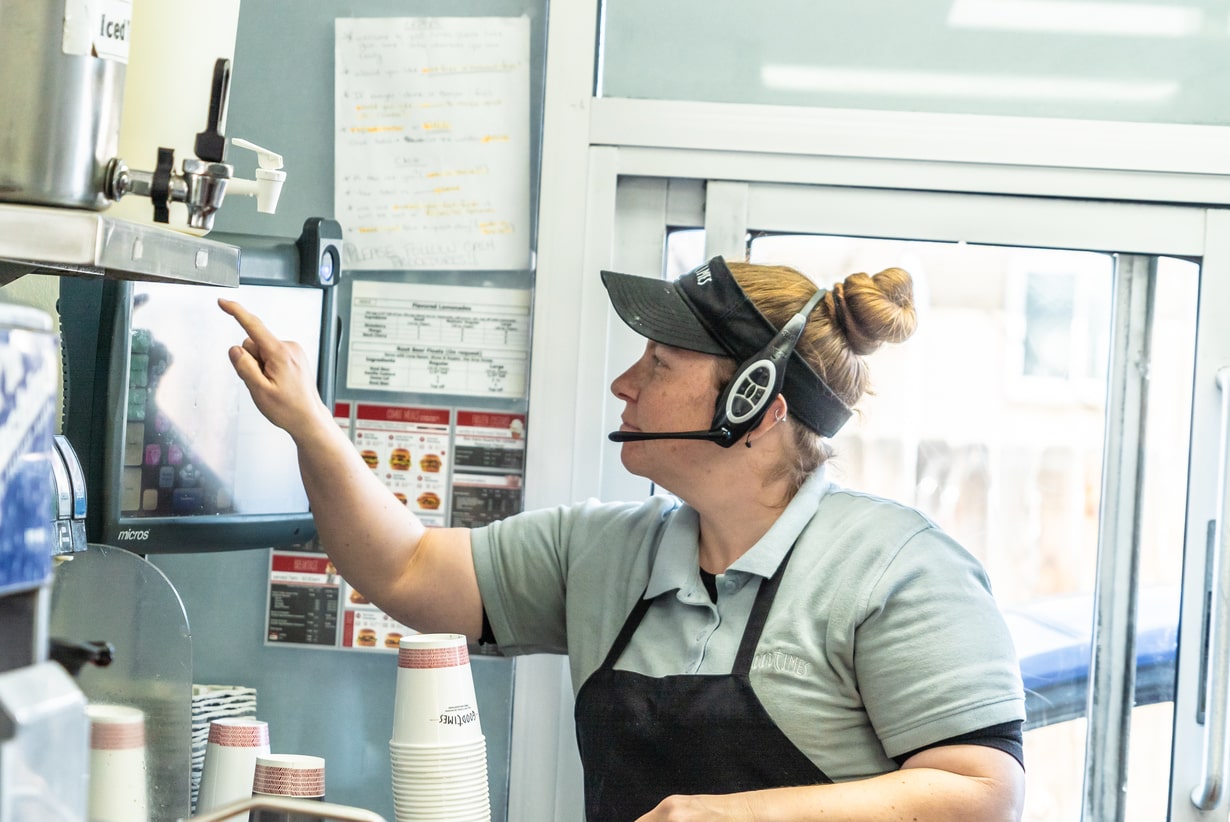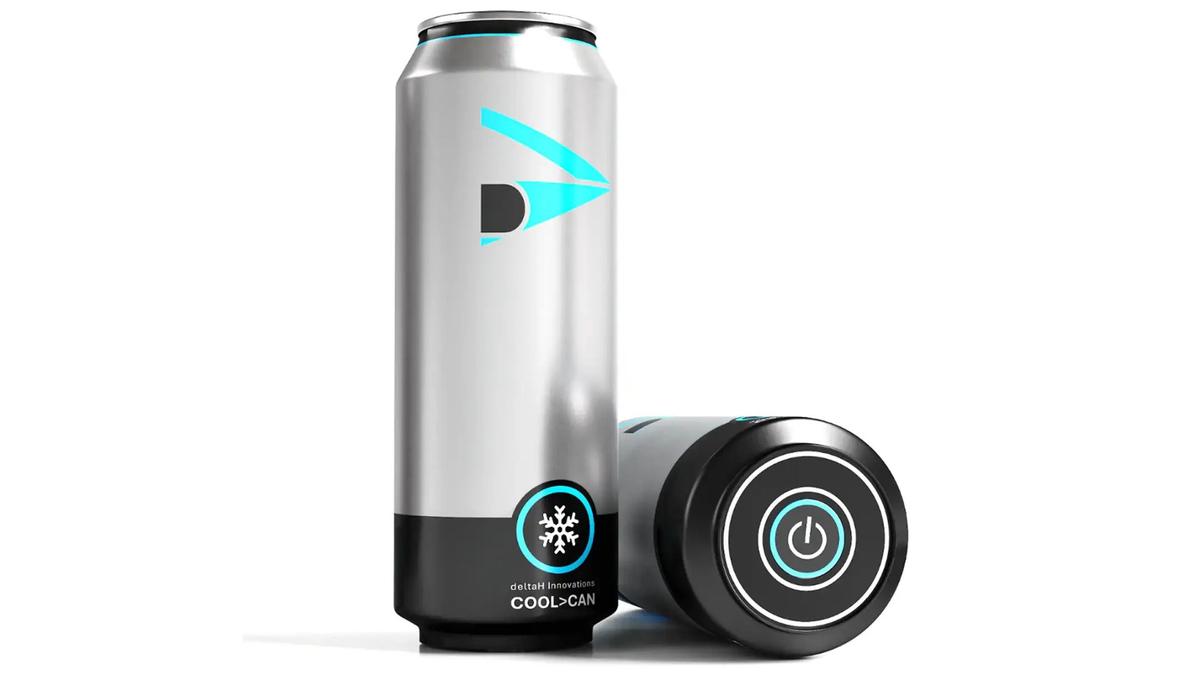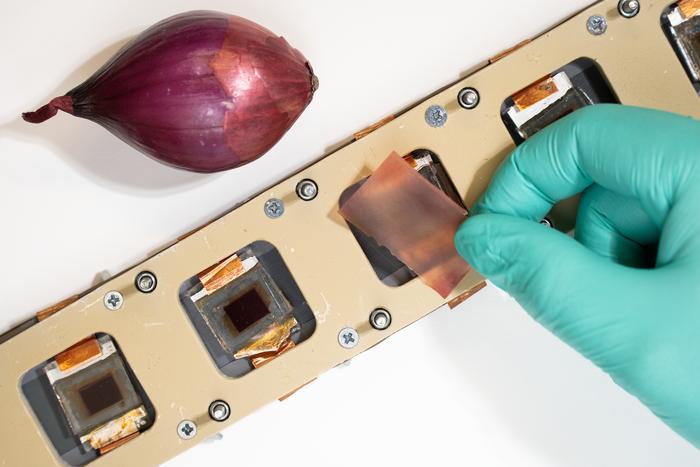This AI Voice Assistant Is Making The Future Of Drive Thrus Faster

With kiosks and mobile ordering already speeding up fast food restaurants, there’s been one area that’s still lagging: The drive-thru. On average, folks in these lines wait just under 4 minutes for their order, but that number is a slight increase up from years past.
One of the ways companies may begin to decrease that wait time in your car is with artificial intelligence, and some of the first tests of this technology are already underway.
 Photo courtesy of Valyant AI
Photo courtesy of Valyant AI
A spot you can find AI helping in drive-thrus today is at a location of Good Times Burgers & Frozen Custard in Denver, Colorado. They’ve teamed up with artificial intelligence firm Valyant AI to begin testing the usage of a voice assistant that interacts with customers and takes their orders.
The AI is programmed with a voice similar to Amazon’s “Alexa,” and can list customizable options as well as offer combo meals, upgrades, and changes to someone’s order. Once that exchange is completed, the program submits the order to the typical screen cooks in the kitchen look at when prepping meals.
In an interview with the Washington Post, Valyant chief executive Rob Carpenter claims that the AI voice assistant is not designed to take away jobs. Instead, it can help reduce long lines at the drive-thru while staffers focus on prepping food and getting those orders out. Wait times should cut down overall as a result.
 Photo courtesy of Valyant AI
Photo courtesy of Valyant AI
So far, the Good Times location has seen some encouraging results with their AI drive-thru test. The voice assistant is currently handling 90 percent of all orders, after starting out just taking care of breakfast. On average, according to Carpenter, wait times are down 10 to 20%, with some cut by as much as half. The actual employees working alongside the AI assistant have enjoyed it so far, saying it reduces pressure and makes their jobs easier.
As for the customers interacting, Carpenter noted that several have already adapted to the AI thanks to interactions with Siri, Alexa, and Google Home in other environments. “Customers have slowed their speech and been more concise with the software,” he said, indicating that it’s a relationship between both customer and AI that will make it work at its best.
While time will tell exactly how prevalent software like this becomes, early signs are that artificial intelligence can make the lives of drive-thru employees and customers easier, without a need to cut jobs.






















